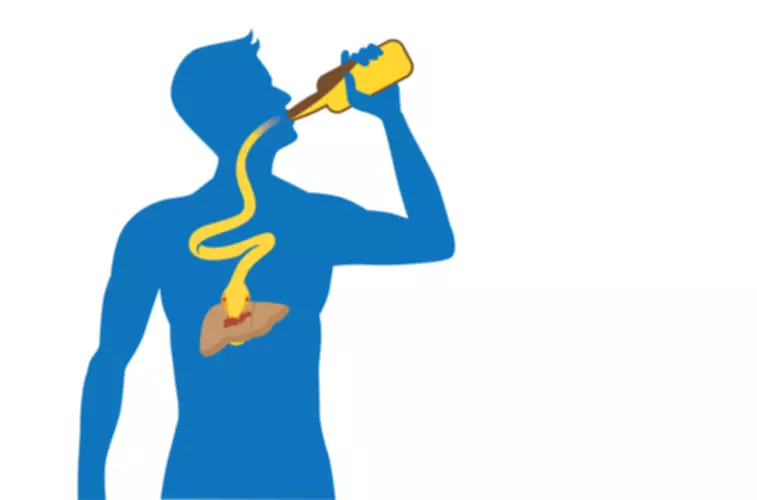
Talk with your healthcare provider if you feel like you are dependent on amphetamines or if they are not working to alleviate your symptoms. The 10-panel drug test screens for 10 different drugs, both recreational and prescription. The drug detection window varies depending on several factors, including the type of sample that is used to do the test (for example, urine vs. hair). With an instant point-of-care drug test, the results can be immediate. 10-panel drug tests can effectively test for 10 substances within their own window of detection.
Analyzing the results
- This test is often used alongside urine tests to provide healthcare and legal professionals with accurate results.
- The negative result is not unexpected because the dose of semisynthetic opioid is too low for detection by IA.
- Most drug screenings, such as those related to employment screenings, will look for amphetamines present.
- A urine drug screen can quickly, effectively detect some illegal and prescription drugs.
A urine test can sometimes provide the results immediately, whereas the hair test will take some time to be sent out to a lab. In many cases, a drug test will only be able to detect recent drug use. The detection window varies depending on whether the test is done with a sample of urine or hair. It can also depend on whether someone is a chronic or occasional user of the drug.
Testing for Amphetamines

Amphetamines are stimulant drugs that speed up how your body functions. Healthcare providers may prescribe amphetamines to people with ADHD or narcolepsy. Providers may also use amphetamines to treat obesity, though this is less common. Healthcare providers sometimes prescribe the drug in small doses for people with attention-deficit/hyperactivity disorder.
Can amphetamines treat ADHD in children?
A positive result indicates that the drug or its byproducts are present in the person’s system in detectable amounts. If a company or organization requires a person to take a 10-panel drug test, they will generally give them notice of about 24 hours. Some professions may require the person to agree to random drug testing where they have little to no knowledge of the test beforehand.
- A result of 500 ng/mL is a strong indicator that the patient has used these drugs within the past three days.
- By Jaime R. Herndon, MS, MPHHerndon is a freelance health/medical writer with a graduate certificate in science writing from Johns Hopkins University.
- Healthcare providers sometimes prescribe the drug in small doses for people with attention-deficit/hyperactivity disorder.
- As with fingernail samples, drug traces remain in the keratine of your hair, but the detection period depends on the length of the hair.
Some substances might interact, either speeding up or slowing down the body’s ability to process amphetamines. Bingeing practices greatly increase the length of time amphetamines stay in the system as the body’s cells and how long do amphetamines stay in your system tissues keep storing up residue materials along the way. Amphetamine effects also block the re-uptake or recycling of excess neurotransmitter amounts, so chemicals remain in the system longer than they normally would.
What to Expect if You Got a Positive Result
Under these conditions, an amphetamine “high” effect can last from eight to 24 hours depending on the type of drug and dosage amount. We understand that the treatment process can be difficult at times. At FHE, we are committed to assisting you in making progress towards a new life free from the grips of addiction. If an initial result is positive, a person may need to take a second, more accurate test. It is important to note that certain medicines and supplements can cause false-positive results. Also, both IA and GC-MS tests can produce false-negative results.
However, hair tests may be biased based on a person’s hair color — darker hair contains more methamphetamine than lighter-colored hair because the drug binds better to melanin in dark hair. Amphetamines are a group of central nervous system stimulants that include amphetamine, dextroamphetamine and methamphetamine. Doctors typically prescribe amphetamines for narcolepsy, obesity and attention-deficit/hyperactivity disorder.
Can I drink alcohol with amphetamines?

Keep in mind that, in hair, use over a much longer period can be detected. The cutoff levels listed in Table 1 are consistent with testing for employment but not necessarily for aberrant behavior in patients receiving long-term opioid therapy. These cutoffs lower the risk of false positives and provide better accuracy with clinical monitoring. Clinicians must be familiar with the available tests at their institution. Most commonly when monitoring patients that are prescribed pain medications, the IA panel includes the Federal Five plus benzodiazepines, barbiturates, and often methadone as well. Stimulants are a broad grouping of drugs that include both illicit drugs and prescription drugs.



Comment closed!